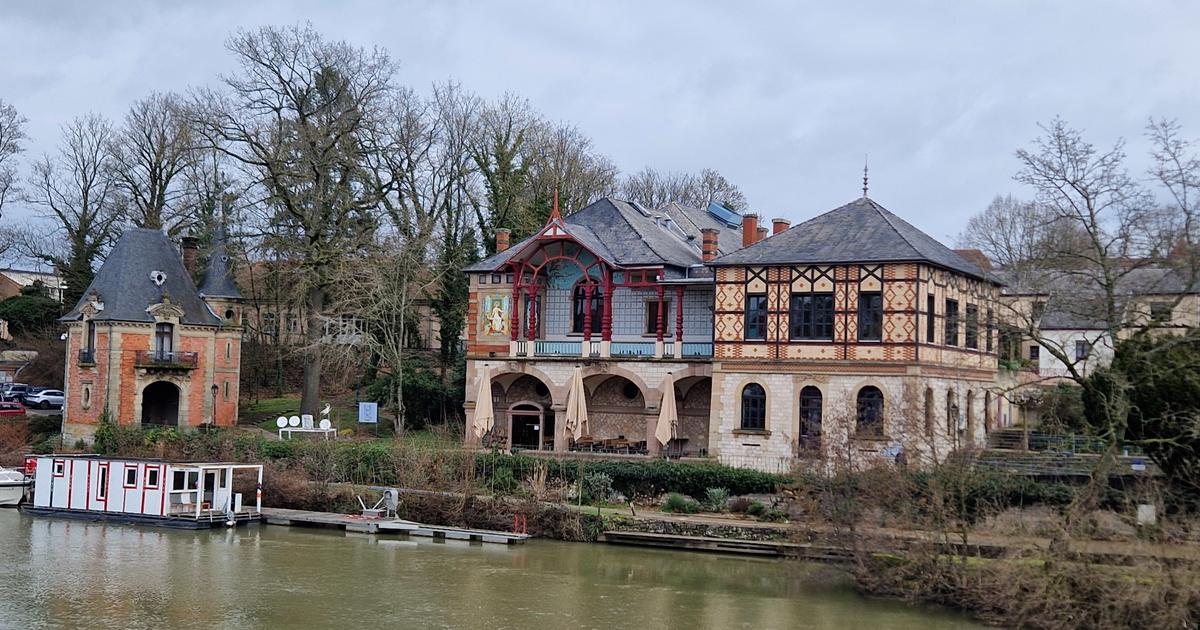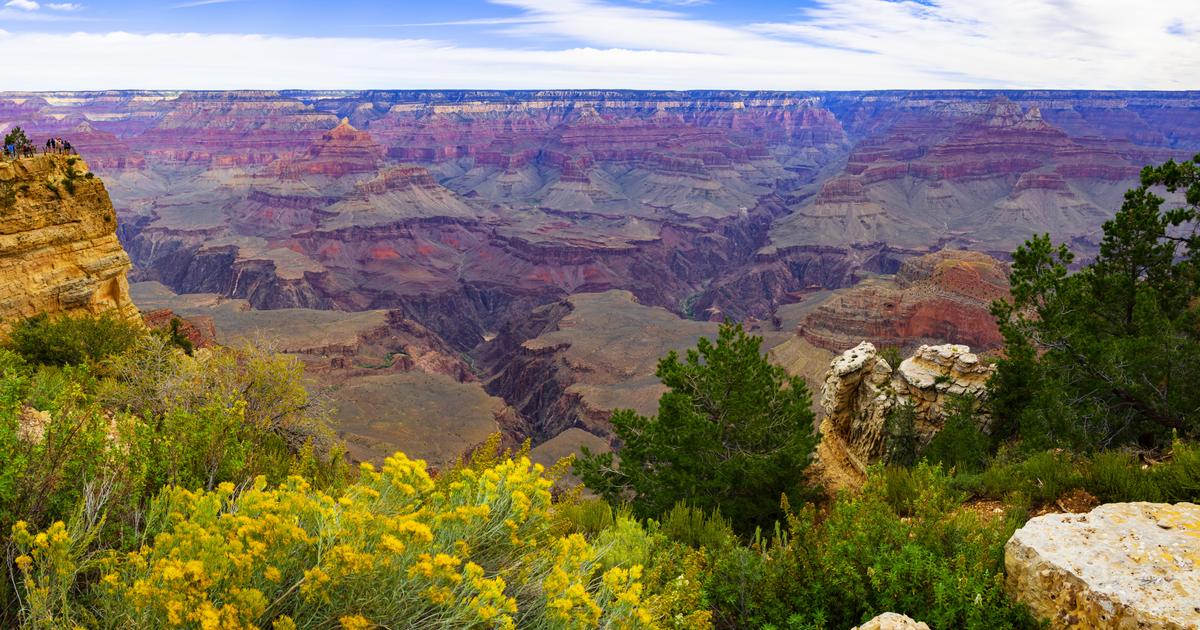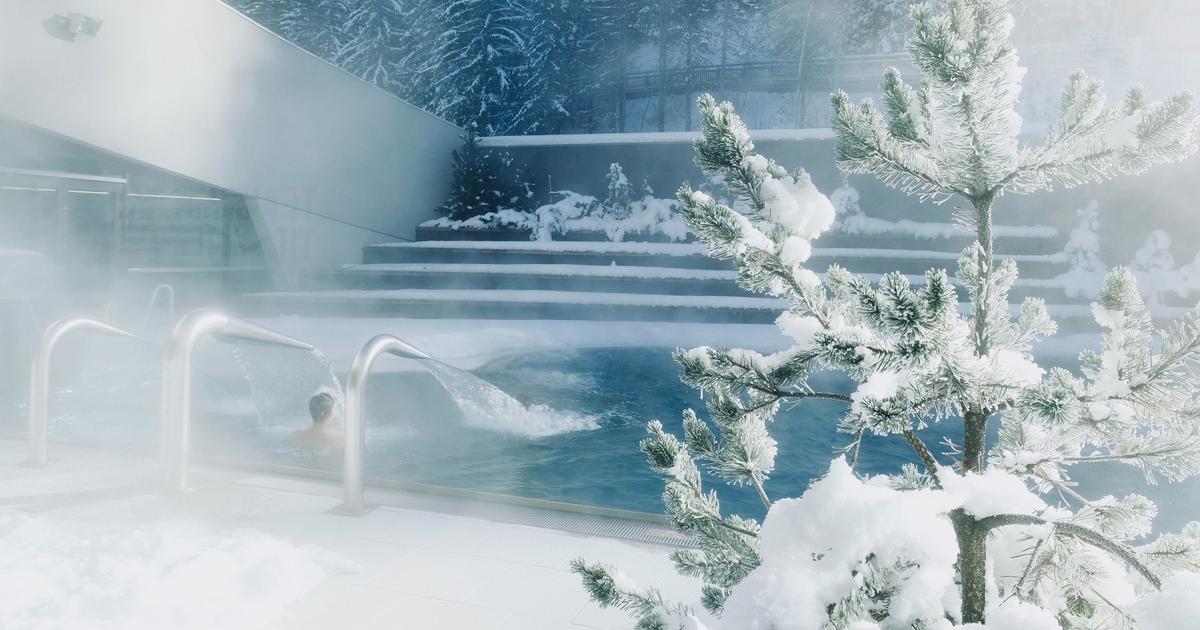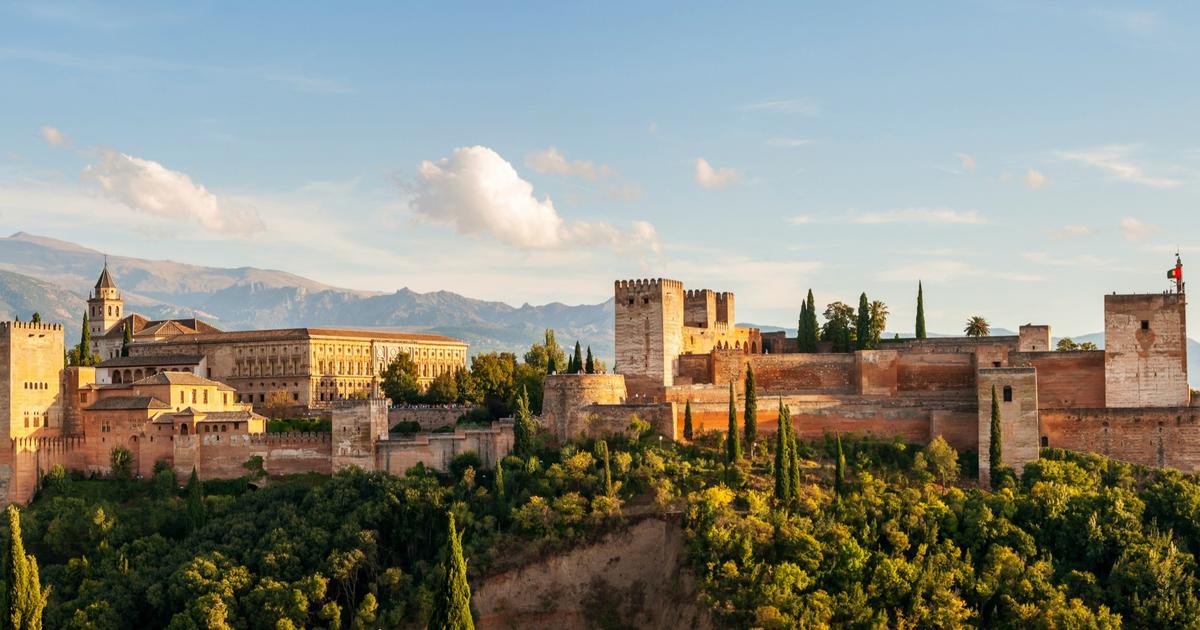Steam rises above a huge natural pool.
Around it, jet-black slag contrasts with the milky blue of the basin.
The bathers splash around in the water of around 38°C, some have their faces covered with a greenish paste rich in silica, others drink a glass of champagne, immersed in this gigantic pool where people come so much to boost their production of collagen than to have a good time.
Located in the middle of a lava field near Reykjavik, the Blue Lagoon, fed by water from the nearby geothermal station, is one of the most famous hot springs in the world.
In Iceland, the energy coming from the bowels of the earth combines with the presence of magma in the basement.
This phenomenon, which has existed since the dawn of time,
Recent research has shown that the Olduvai Gorge, a formation located in the Great Rift Valley in northern Tanzania, may have hosted a hydrothermal vent almost 2 million years ago.
Researchers hypothesize that our ancestors could have used geothermal energy to cook their food and keep warm.
But it was the Etruscans, and especially the Romans, who pioneered the use of hot springs.
This civilization has left us many traces attesting to the importance it attached to body care.
The art of bathing among the Romans
If vestiges of baths have been found in Greece, the true ancestors of the baths are Roman.
It was during the time of Augustus, in the first century of the Empire, that the use of mineral waters developed in places provided for this purpose.
Roads are built to connect Rome to the thermal baths located in the countryside, under the leadership of the emperors who attracted with them the elite.
Via Clodia, nicknamed the "via of the thermal baths", led to the Bagni di Stigliano, among the most iodized in Europe, before arriving at the thermal baths of Saturnia in Tuscany, around which the wealthy dignitaries of the Empire had resorts.
Even if few ancient ruins remain, we know that the Romans particularly appreciated these travertine pools filled with sulfur water,
The thermal baths of Pamukkale in Turkey.
Adobe Stock
The imperial hot spring craze soon spread beyond the borders of the peninsula, spreading around the Mediterranean basin and into northern Europe.
Located in the south-west of Turkey, the thermal baths of Pamukkale, created by the kings of Pergamon towards the end of the 2nd century BC.
J.-C., experienced a real development under the Roman Empire with a complex system of canals irrigating the neighboring fields and the city of Hierapolis.
Rising from the top of a 200 meter high cliff, the calcite-laden springs have created an otherworldly landscape, Pamukkale (“The Cotton Forest” in Turkish).
A temple of Apollo had been built on the site which was then an important religious center of the Eastern Roman Empire.
Because, if the thermal baths are above all places of relaxation,
In Bath, England, the Romans erected a temple in honor of Minerva, on the site of the Celtic sanctuary dedicated to the goddess Sulis.
Contact with water symbolizes regeneration, life and creation in all cultures.
In Japan, baths are a means of purifying body and mind.
In Shinto, this practice is referred to as misogi (ablution).
"In Japan, it is common to go to the sento (public bath) on December 31, before going to the temple at midnight, to start the new year undefiled"
, explains Stéphanie Crohin-Kishigami, author of Sento.
The art of Japanese baths, published by Sully editions.
Japanese water stories
Dotted with some 245 volcanoes, of which more than 80 are active, the Japanese islands are a geothermal area of prime importance.
With nearly 3,000 sites listed, Japan is the country with the most thermal springs in the world.
This probably explains why the Japanese love to bask so much in the hot waters, the famous onsen.
They are found in the middle of nature, inside traditional inns, ryokan, or supplying certain sentos in cities.
From the Edo period, in the 17th century, the Japanese made stays in spas, which are still today the first tourist destinations in the country.
Some springs are located in exceptional sites, such as those of Yufuin surrounded by mountains on the island of Kyushu or by the sea on the
Shikinejima Island 160 kilometers from Tokyo.
These onsen are only accessible at high tide, when the hot spring water cools by mixing with seawater.
In town too, the Japanese have recourse to the bath.
"After a day's work, the sento allows you to get rid of the ailments of the day,"
observes Stéphanie Crohin-Kishigami.
It is a place of benevolence where we interact with others.
It's also a place where you can express yourself freely in a society governed by sometimes cumbersome social rules and codes of good conduct
,” continues the young woman, who managed to integrate into Tokyo thanks to the sentos. .
As for the citizens of the Roman Empire, “going to the baths” is much more for the Japanese than a simple ritual of bodily hygiene.
The sento, like the thermal baths, are places where people come to share the same way of life, leaving their social belonging to the locker room.

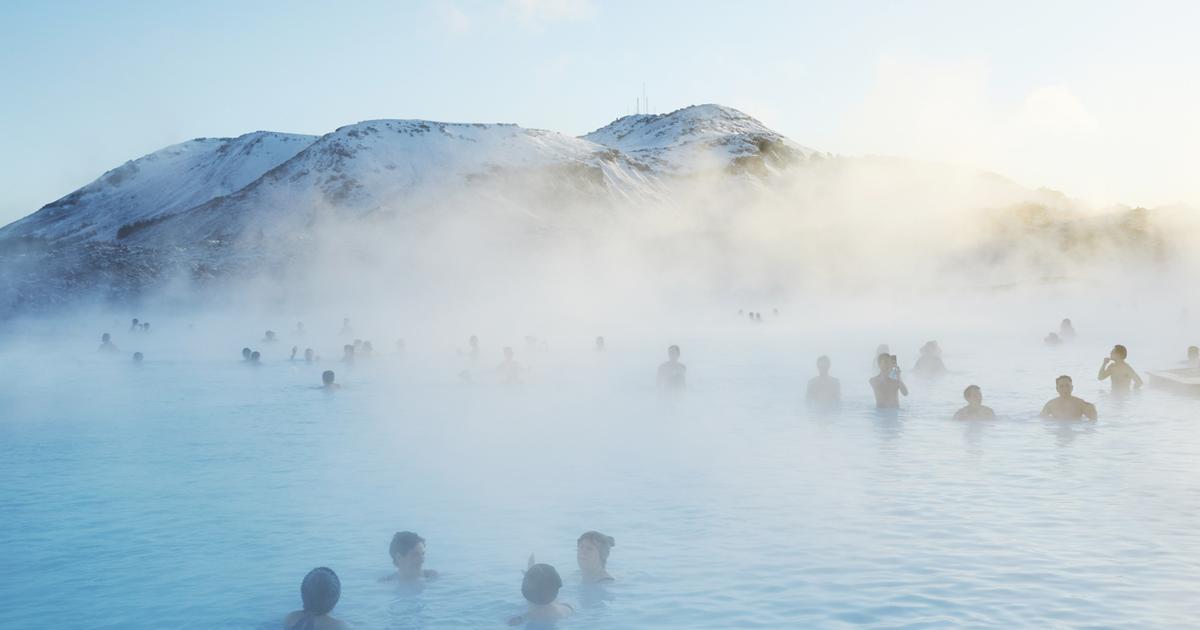

/cloudfront-eu-central-1.images.arcpublishing.com/prisa/2H3Z3GJU7NB4PBWQNG6QANTFQY.jpg)
